Engineering: Ideas and Reality
Engineers play an integral role in bringing society’s wishes to fruition. As Engineers Australia’s monthly magazine create notes, we engineer ideas into reality.
However, when we go about taking ideas and making them real we have responsibilities. We are obliged to consider the ideas’ risks as well as benefits. We must ensure that our engineering activities meet our society’s expectations, and in particular that we address all our legal duties as engineers.
And so, even as we engineer new ideas into reality, we must also engineer the new reality we create into ideas – the ideas expressed in Australia’s laws.
Australia is an egalitarian society. Our judicial and political systems are predicted on the basis of equality for all before the law. This gives rise to a number of interesting ideals. For instance, one of our fundamental legal safety principles is that, for a known safety hazard, everyone is entitled to the same minimum level of protection. This arises from work health and safety legislation in all states and territories.
As another example of this, recognised good practice is a standard to which all engineers are held, in safety matters and otherwise. Engineering good practice is demonstrated in many ways, including standards and guidelines for design, operation, asset management and so on. It is also presented in regulations, which essentially present good practice that is so well recognised that the governments agree that it must be mandated. The National Construction Code is a prime example of this.
This reliance on recognised good practice means that, for instance, an engineering project manager who fails to implement recognised good practice measures to address the risk of project cost or timeline overrun would very likely expose his organisation to civil liabilities.
The simplest, cheapest and most effective way for engineers to address these and other legal requirements is to adopt systems and processes that demonstrate due diligence, that is, that all reasonable measures have been taken. This approach ensures engineering activities and engineering decisions are conducted in a manner consistent with legal requirements – that as we engineer ideas into reality, we also engineer reality to the right ideas.
To learn more about demonstrating due diligence as engineers, register for EEA’s Engineering Due Diligence workshop.
Client and Colleagues Event Details 2016
Gaye and I are pleased to host the next R2A client and colleague event on 9th February 2016. We will be launching our updated 10th edition text as well as discussing the one of the first prosecutions under new nationally harmonised Work Heath & Safety Laws.
BRETT MCKIE V MUNIR AL-HASANI & KENOSS CONTRACTORS PTY LTD (IN LIQ):
What does this first Work Health & Safety test case mean for you 2016?
Event Details
Date: Tuesday, 9th of February 2016Time: 3pm-5pmRestaurant: The MillUpstairs 71 Hardware Lane Melbourne 3001 http://www.themillrestaurant.com.au/RSVP by 5th February 2016
Look forward to seeing you there.
R2A Event 2014
Following on from the success of our client and colleagues function in 2013, we will be hosting another event on Thursday, 6th February 2014 from 3pm to 5pm.
Richard will launch the 2014 update of the R2A Text. R2A has concluded that the risk and liability world is changing so fast at the moment that, until further notice, the text will be updated annually at least.
Matters of interest include:
- The introduction of the Rail Safety National Law which is complimentary but subordinate to the model WHS legislation.
- The expected approval in the new year of the Engineers Australia Safety Case Guideline (3 Edition). This specifically rejects the Risk Management Standard (AS 31000) as being able to positively demonstrate due diligence for high consequence – low frequency events.
- Why SFAIRP (so far as is reasonably practicable) can never equal ALARP (as low as reasonably practicable) legally.
- The logical limitations of Monte Carlo simulation for demonstrating project due diligence.
Following on from the success of our client and colleagues function in 2013, we will be hosting another event on Thursday, 6th February 2014 from 3pm to 5pm.
Richard will launch the 2014 update of the R2A Text. R2A has concluded that the risk and liability world is changing so fast at the moment that, until further notice, the text will be updated annually at least.
Matters of interest include:
- The introduction of the Rail Safety National Law which is complimentary but subordinate to the model WHS legislation.
- The expected approval in the new year of the Engineers Australia Safety Case Guideline (3 Edition). This specifically rejects the Risk Management Standard (AS 31000) as being able to positively demonstrate due diligence for high consequence – low frequency events.
- Why SFAIRP (so far as is reasonably practicable) can never equal ALARP (as low as reasonably practicable) legally.
- The logical limitations of Monte Carlo simulation for demonstrating project due diligence.
Richard will also outline the outlook for 2014.
We expect a lively discussion so please pencil in the date, RSVP and join us on the 6th February.
